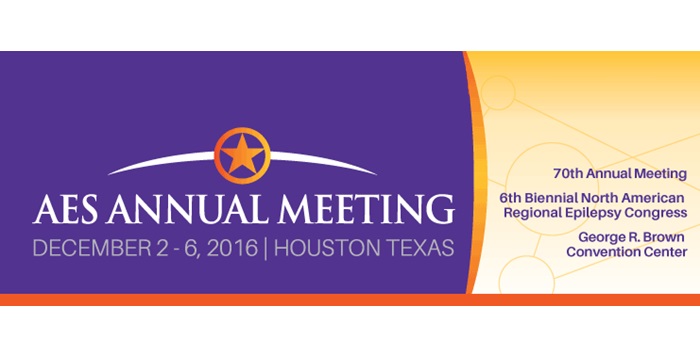
Americans always do things bigger and certainly the 70th Annual meeting of the American Epilepsy society rose to the challenge. Almost 5000 delegates came together in Houston Texas to share in the latest developments in Epilepsy, both clinically and from the research point of view.
Houston is the 4th largest city in the United States and like many American cities spread out over a vast area. The conference was held in The George R. Brown Convention Centre, in Downtown Houston, amongst the skyscrapers of banks offices and hotels. As part of a delegation of British Epileptologists, it was with mixed feelings that we landed in Texas to find 4 days of rain and temperatures around 12 C in the daytime. We had all hoped for the usual Texan Autumn weather of 20-25 C and gentle sunshine, but a good bit of British weather certainly helped to keep us focused on the conference. The sun did come out on the final day to see us off.
Any conference this size has numerous parallel sessions. The highlights of the first day included the Epilepsy Specialist Symposium, this year focused on Epilepsy surgery and how to choose the right option for your patient. The Judith Hoyer Lecture delivered by Dr So was a summary of the history of research into SUDEP, the current state of knowledge and where we need to go next, the contribution to this field by many British clinicians and investigators was highlighted. Among the many Special Interest Group (SIG) sessions the Global Health SIG was an insight into how American Neurologists are reaching out to help those in low-income countries, nearby and afar to improve their health systems.
The Presidential symposium on day two was titled Epilepsy Care: A Futurist View. Five experts in the fields of Genetics, imaging, anti-epileptic medications, bioinformatics and surgery were tasked with reflecting the current, state of the art, in epilepsy care and where we might (or should) be in 15-25 years time. The Epilepsy therapies symposium followed with an update on new therapies for hard to treat epilepsy. The day was rounded off with the North American Commission Symposium Treatment of Epilepsy in Pregnancy.
The third day of the Conference centred on the Annual Course, a well thought out and planned all-day pedagogic course, this year centred on refractory epilepsy. Illustrated by 4 cases (infancy, childhood, early adult and elderly), the day explored the diagnosis (structural/genetic/etc), medical and surgical treatment and palliation in this hard to treat group of patients. In parallel to the annual course were investigator workshops and poster sessions.
Running throughout the conference were parallel investigator workshops and poster sessions, giving the opportunity to catch up on the latest research and network with like-minded clinicians and scientists. One of the highlights for me was the Lennox and Lombroso Lecture delivered by Dr Jean Gotman, a fascinating insight into how we may be able to combine EEG and fMRI to help better localise the focus of seizures to improve outcomes in Epilepsy surgery.
This was certainly a big conference, and it delivered in terms of excellent teaching and opportunities for networking. Despite the large size there was a friendly atmosphere, a feeling of collaboration and a buzz of new possibilities on the near horizon for our patients with Epilepsy.